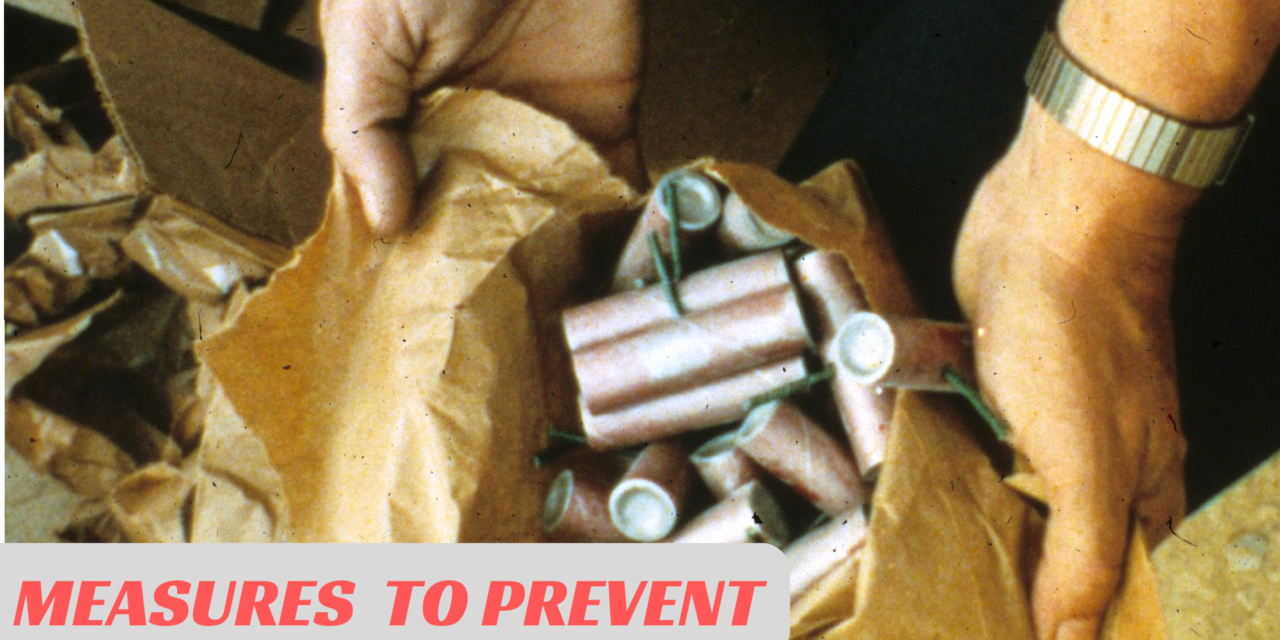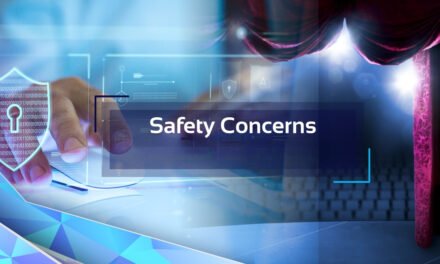To prevent the misuse of explosives, various measures are implemented across the manufacturing, storage, transportation, and security sectors. These measures aim to safeguard explosives from theft, sabotage, or illegal use, particularly in terrorism or criminal activities. Here are some key measures in place:
1. Regulatory Oversight
- Strict Licensing and Permits: Manufacturers, distributors, and users of explosives are required to obtain licenses and permits from national authorities (e.g., Bureau of Alcohol, Tobacco, Firearms, and Explosives (ATF) in the U.S. or local regulatory bodies in other countries). These licenses are only granted after thorough background checks and verification of legitimate use.
- International Treaties and Conventions: International regulations, such as the UN Arms Trade Treaty (ATT) and Chemical Weapons Convention (CWC), help regulate the use and trade of explosives and prevent their misuse in illegal activities.
2. Secure Manufacturing and Storage
- Controlled Manufacturing Facilities: Explosives are produced in tightly controlled, secure facilities that are subject to regular inspections and audits by regulatory agencies. Security protocols, including restricted access, are in place to prevent unauthorized individuals from accessing the materials.
- Explosive Storage Security: Storage facilities are built with high-security measures, including reinforced walls, limited access, and fire-resistant materials. These facilities often have security guards, video surveillance, and electronic access control systems to prevent theft or unauthorized access.
3. Transport Security
- Secure Transport Vehicles: Explosives are transported in specially designed vehicles that are equipped with features like shockproof compartments, alarms, and GPS tracking systems to prevent theft or hijacking during transit.
- Escort and Monitoring: Explosives shipments often involve security escorts, either armed guards or vehicles with GPS tracking systems, to monitor the transportation route and ensure safe delivery to authorized recipients.
4. Tracking and Documentation
- Inventory Management Systems: Manufacturers and distributors are required to maintain detailed records of the explosives they produce, store, and distribute. Inventory tracking helps ensure accountability and enables authorities to trace any explosives that are lost, stolen, or diverted.
- Radio Frequency Identification (RFID): Some companies use RFID tags or barcodes to track explosives throughout the supply chain, from production to transportation to final use, making it easier to monitor and detect any unauthorized diversion.
5. Restricted Access and Security
- Background Checks: Individuals involved in the manufacturing, transportation, and handling of explosives are subjected to thorough background checks to prevent individuals with criminal intent from gaining access to dangerous materials.
- Limited Access to Explosive Materials: Storage areas and manufacturing facilities have restricted access. Only authorized personnel with specific clearances are allowed to enter and handle explosives.
6. Detection and Reporting Systems
- Explosives Detection Technology: Advanced technologies, such as X-ray scanners, chemical sniffers, and ion mobility spectrometry, are used to detect explosives at airports, shipping ports, and other transportation hubs to prevent illegal trafficking.
- Whistleblower Programs: Many organizations have whistleblower policies in place that allow employees or the public to report suspicious activities related to explosives or potential misuse.
7. Education and Training
- Security Training for Employees: Workers in the explosive manufacturing, storage, and transportation sectors are trained in security practices, emergency response procedures, and the recognition of suspicious behavior to prevent mishandling or illegal use of explosives.
- Public Awareness Campaigns: Governments and law enforcement agencies conduct campaigns to educate the public about the dangers of explosives and encourage reporting of any suspicious activities.
8. Cooperation with Law Enforcement
- Collaboration with Law Enforcement Agencies: Chemical manufacturers, storage facilities, and transporters of explosives work closely with law enforcement agencies to ensure that the materials are securely handled and to quickly address any threats or suspicious activities.
- Intelligence Sharing: National and international agencies share information regarding potential threats, illicit trafficking, or misuse of explosives, enabling prompt action.
9. Disposal and Destruction of Explosives
- Safe Disposal Procedures: Outdated or expired explosives are safely destroyed by professionals using specialized equipment, ensuring that they do not fall into the wrong hands. This may involve controlled explosions or chemical neutralization.
- Disposal Regulations: Strict regulations govern the disposal of explosives to prevent environmental contamination and ensure that dangerous materials are safely handled and disposed of in a controlled environment.
10. International Collaboration
- Cross-Border Cooperation: Countries cooperate on an international level through treaties and agreements, such as the Chemical Weapons Convention (CWC), to prevent the proliferation of explosives. This includes intelligence sharing, cross-border inspections, and joint enforcement actions.

















